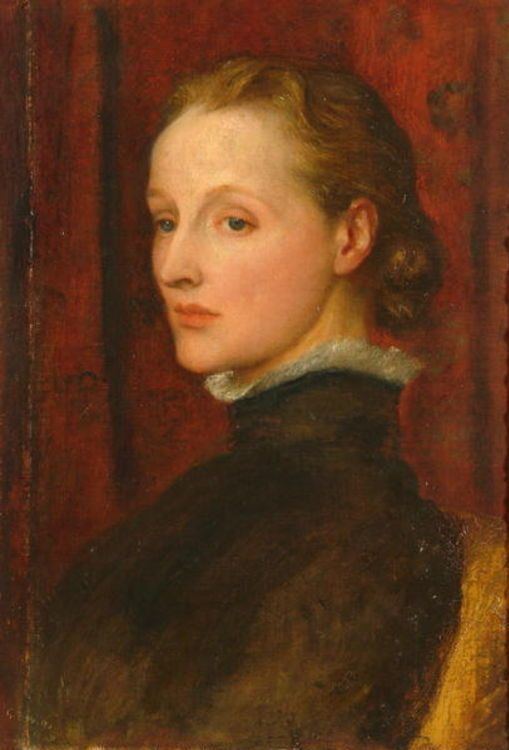Nationality Scottish | Education Royal College of Art Name Mary Tytler | |
 | ||
Full Name Mary Seton Fraser Tytler Born 1849 India Movement Gothic RevivalArt Nouveau Similar People George Frederic Watts, Julia Margaret Cameron, Ellen Terry, Aldous Huxley | ||
Mary Seton Fraser Tytler (married name Mary Seton Watts) (1849–1938) was a symbolist craftswoman, designer and social reformer.
Biography
Born in India, she was the daughter of Charles Edward Fraser Tytler of Balnain and Aldourie, but spent much of her youth in Scotland and settled in England in the 1860s.
Trained at the Slade and South Kensington School of Art, she initially became known as a portrait painter, and was associated with Julia Margaret Cameron and the Freshwater community. There she met painter George Frederic Watts and at the age of 36 (he was 69), became his second wife on 20 November 1886 in Epsom, Surrey.
After her marriage, she largely worked in the fields of Celtic and Art Nouveau bas-reliefs, pottery, metalwork and textiles. She co-founded the Compton Potters' Arts Guild and the Arts & Crafts Guild in Compton, Surrey. She designed, built and maintained the Watts Mortuary Chapel in Compton (1895); and had built and maintained the Watts Gallery (1903–04) for the preservation of her husband's work.
Tytler worked to create employment for impoverished people through the preservation of rural handicrafts, as well as trained workers in clay modelling for the Compton Potters' Guild and the work executed on the Watts Mortuary Chapel. She was a firm believer in the idea that anyone given the opportunity could produce things of beauty and that everyone should have a craft within which they could express themselves creatively. She supported the revival of the Celtic style, the indigenous artistic expression of Scotland and Ireland. In 1899, she was asked to design rugs in this style for the carpet company Alexander Morton & Co of Darvel, Liberty's main producer of furnishing fabrics. In cooperation with the Congested Districts Board, Morton had established a workshop in Donegal, Ireland, to employ local women who had little opportunity to earn a livelihood.
Tytler pioneered Liberty's Celtic style, with much of the imagery for the Celtic Revival carpets, book-bindings, metalwork and textiles for Liberty & Co. being based on her earlier designs at the Watts Mortuary Chapel.
Tytler was President of the Godalming and District National Union of Women's Suffrage Society and she convened at least one women's suffrage meeting in Compton, Surrey.
